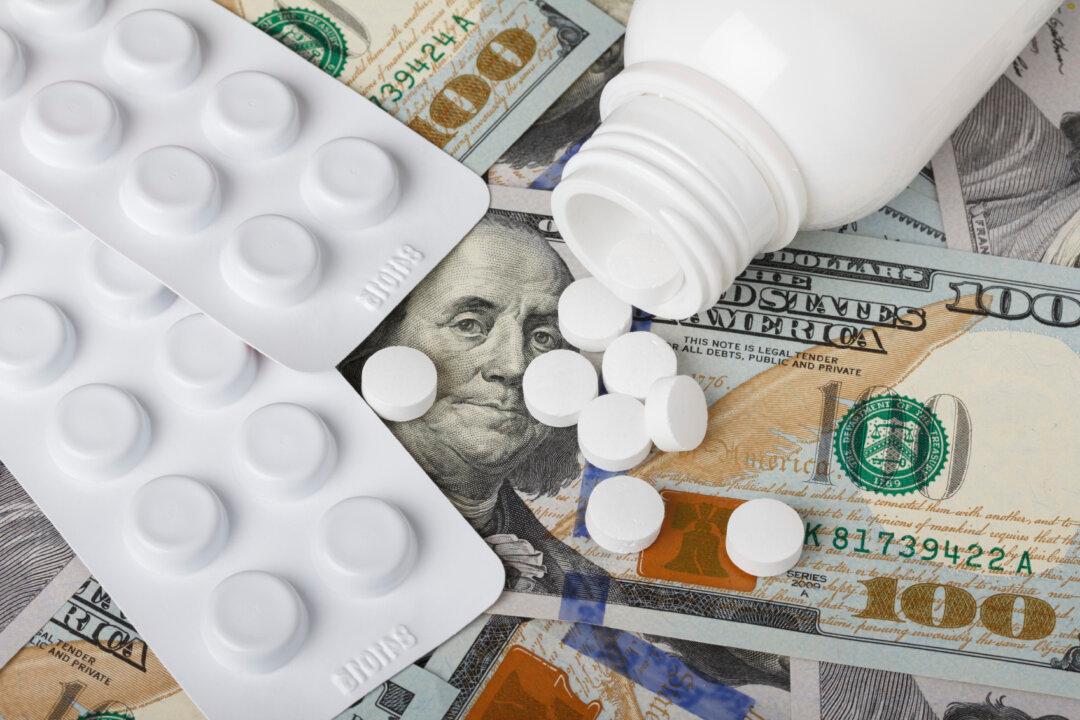A commonly prescribed painkiller and anticonvulsant (seizure medication) widely believed to be “benign” has become increasingly associated with overdose deaths in the United States.
The medication is gabapentin, commonly marketed as Neurontin, Horizant, and Gralise.






